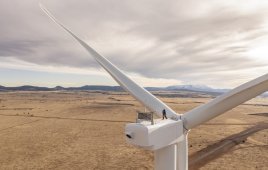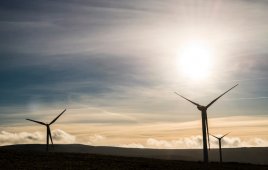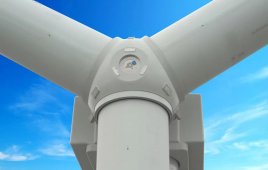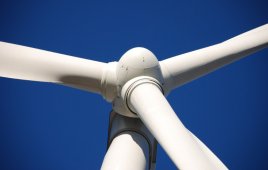The Advanced Research Projects Agency – Energy (ARPA- E) within the Department of Energy (DOE) has awarded California-based Makani Power, Inc. $3 million to continue development of an airborne wind turbine.
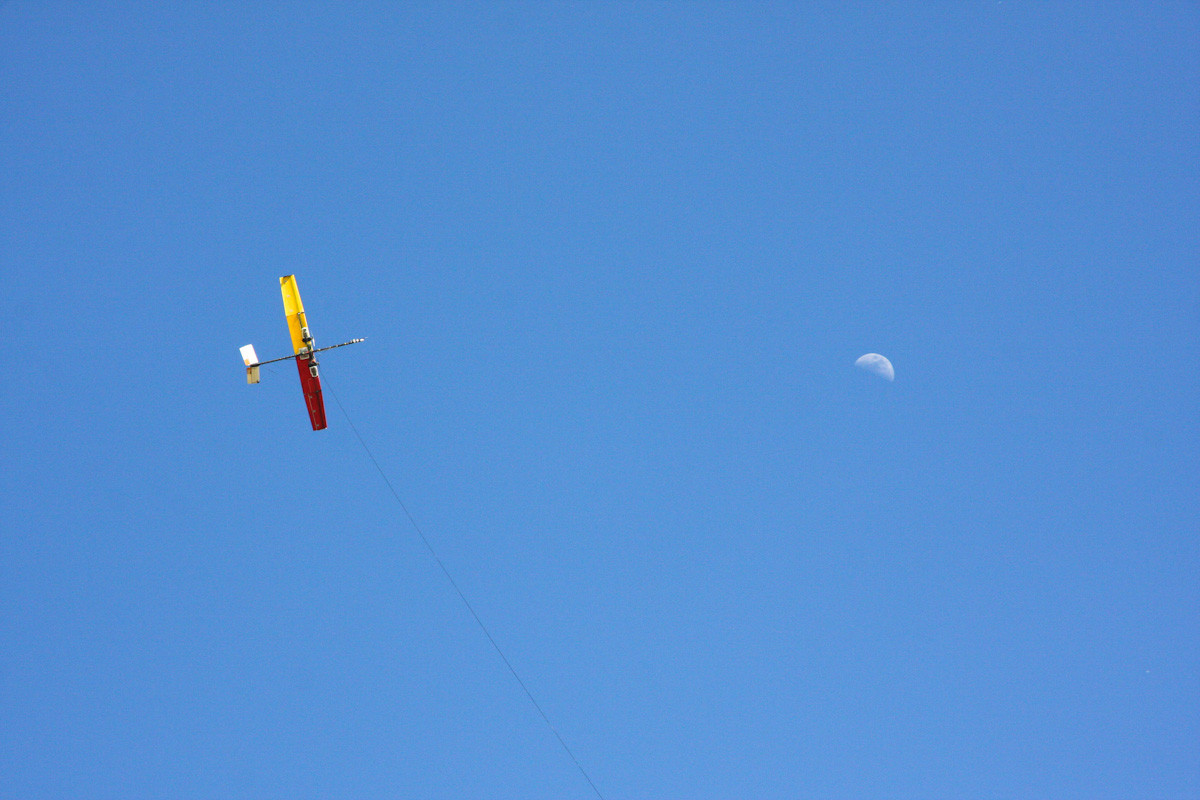
Makani Power is developing Airborne Wind Turbines to extract energy from powerful, consistent winds at altitude. The turbines will produce energy at an unsubsidized real cost competitive with coal-fired power plants, the current benchmark of the lowest cost source of power.
The Makani Airborne Wind Turbine
The Makani Airborne Wind Turbine (AWT) converts wind energy into grid quality, utility-scale electricity using tethered, high-performance wings outfitted with turbines, and promises to revolutionize the way energy is extracted from the wind. Like the tip of a conventional wind turbine blade, the wing flies crosswind in a circular pattern at many times the speed of the wind. Power is extracted by the wing-mounted turbines and transmitted to the ground through an electrically-conductive tether. Because the wing is not constrained to rotate around a hub, it can sweep a much larger section of the sky than a conventional wind turbine and fly at a higher altitude where the wind is both stronger and more consistent. These advantages result in a system that delivers twice the energy of a conventional turbine of equal power rating (60% capacity factor for class 4 wind sites).
The turbine’s tension-based design removes the necessity for a large tower and massive foundation, yielding a system that is less than 20% of the mass of a conventional turbine of equal capacity. Due to its low-wind performance, the turbine extends the developable terrestrial wind resource area by five times, to over 80% of the U.S. land surface, and promises to deliver energy at a cost 40% below that of conventional wind. Placing the turbines in the high-speed flow at the wing enables lightweight, direct-drive power generation and improves flight control through thrust and drag management. The Makani AWT can hover vertically to enable launching and landing and maintain elevation during lapses in wind or during turbulent conditions because the turbines may also be operated as propellers. The towerless design is well suited to offshore installations, allowing wind projects to be developed closer to demand centers, especially along the populous Eastern U.S. coast.
Grant Accelerates Technology Readiness
Since its inception in 2006, Makani has pioneered extended-duration tethered flight and continuous power generation during autonomous flight using small scale proof-of-concept prototypes. The ARPA-E grant, will help fund an 18-month R&D plan to demonstrate all operating modes including launch and land.
The ARPA-E selection process includes a rigorous review by an expert panel of the technical and commercial aspects of each submission. Makani was one of over 5,000 applicants to the first year’s solicitations and one of less than ten renewable energy generation technologies to receive the grant award.
Makani www.makanipower.com
Filed Under: Turbines

